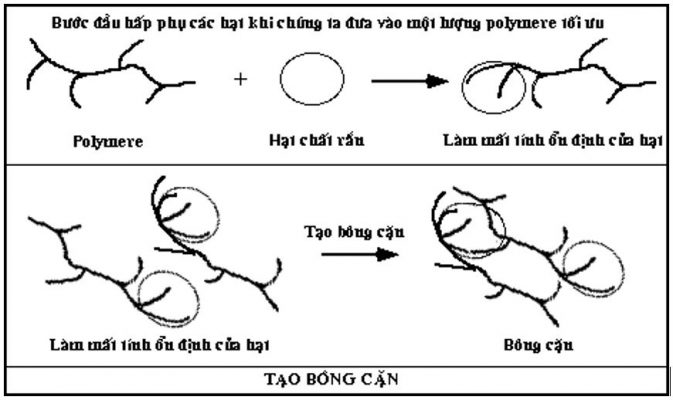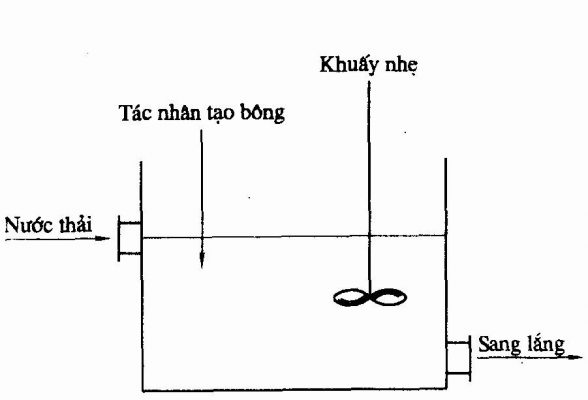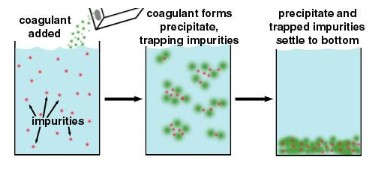Domestic wastewater is the most common wastewater, originating from daily human activities, so the characteristics to pay attention to when treating will be:
- Suspended residue
- Organic substances
- Nutritional compounds (total N, N-ammonium, total P, P-PO43-)
- Other
To process these components, people often use two basic groups of technology: physicochemical technology and microbiology.
The physicochemical method is a method that combines chemical methods and physical methods. Chemical and physical techniques are very diverse: from decantation, sedimentation, filtration, pH adjustment to precipitation, flocculation – flocculation, sedimentation, oxidation/reduction, adsorption, membrane filtration, evaporation. Most physicochemical processes provide high treatment efficiency but are still the last choice due to high operating costs such as redox processes, adsorption processes or complex technologies such as redox processes. evaporation or membrane filtration.
A typical example of a physicochemical technique that is widely used and popular due to its simple technology and relatively low cost in wastewater treatment is the Coagulation-flocculation process.
Coagulation: Add an appropriate amount of chemicals (PAM, Al2(SO4)3…) into water with the goal of destabilizing particles and suspended matter so that they form precipitate
Flagging: The aggregation of destabilized particles into larger masses that are more easily removed from water than the original particles

The location of the coagulation-flocculation tank in the wastewater treatment plant is in front of the sedimentation tank to increase the settling efficiency in the sedimentation tank and reduce the turbidity of wastewater.



